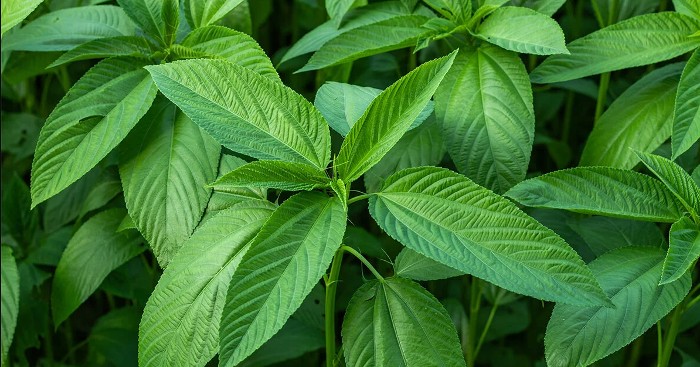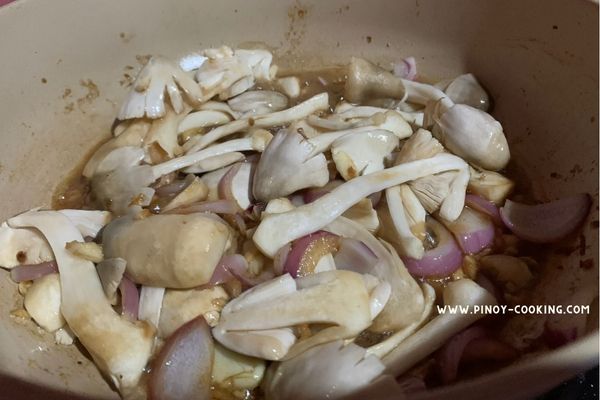Lately, many of us Filipinos are big fans of Korean pop culture. We adore hallyu (Korean wave) stars and anything to do with K-Pop genre such as Korean music (Sandara Park’s 2NE1 girl group even pushed forward our affection) and Korean dramas. But such association may not be complete if we don’t try to get to know Korean culture further if we don’t try to embrace their food. That’s why even if this fermented dish popularly called kimchi / kimchee / gimchi is not really a Filipino food, we feature it here.

Ingredients:
- 1 large Chinese or Napa cabbage
- 1 gallon (4l) water
- 1/2 cup (100g) coarse salt
- 1 small head of garlic, finely minced
- one 2 inch (6cm) pieces of ginger, peeled and minced
- 1/4 cup (60ml) fish sauce
- 1/3 cup (80ml) chili paste or 1/2 cup kKorean chili powder
- 1 bunch green onions, cut into 1 inch ( 3cm) lengths
- 1 medium daikon radish, peeled and grated
- 1 teaspoon sugar or honey
Procedure:
- Slice the cabbage lengthwise in half. Cut away the tough stem chunks.
- Dissolve the salt in the water in a very large container, then submerge the cabbage under the water. Put a plate on top to make sure they stay under water, then let stand for 2 hours.
- Mix the other ingredients in a very large metal or glass bowl.
- Drain the cabbage, rinse it, and squeeze it dry.
- Here’s the scary part: mix it all up. ( Brush sauce into the cabbage).
- Pack the kimchi in a clean glass jar large enough to hold it all and cover it tightly. Let stand for one to two days in a cool place, around room temperature.
- Check the kimchi after 1-2 days. If it’s bubbling a bit, it’s ready and should be refrigerated. If not, let it stand another day, when it should be ready.
- Once it’s fermenting, serve or store in the refrigerator.
Tips:
- It is advisable to wear rubber gloves since the chili paste can stain your hands.
- You can also make chives and radish with same procedure stated above.
- If you want, add a sprinkle of toasted sesame seeds over the kimchi for serving.
- Storage: Many advise to eat the kimchi within 3 weeks. After that, it can get too fermented.




